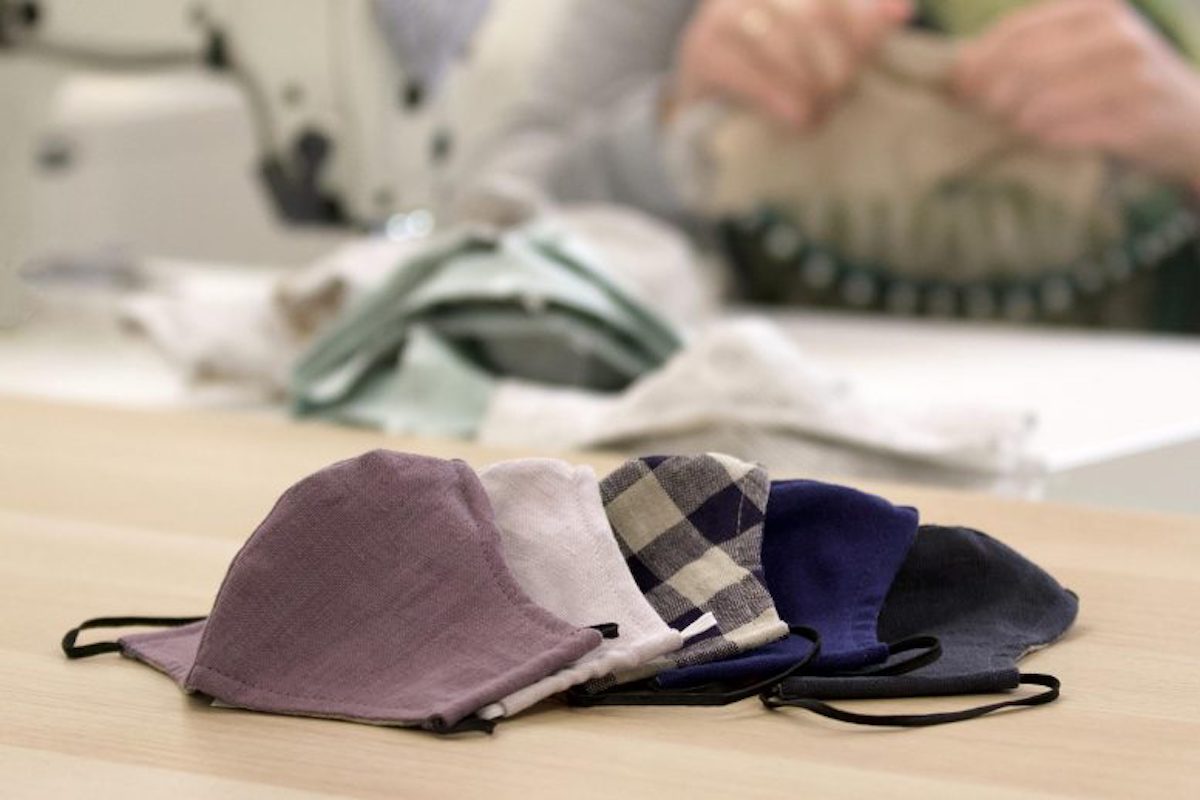Still unexplained
The hunt for the origins of Covid-19 has for the past four years been a tangled web of politics, power struggles, and international finger-pointing.
“With two or three layers, even the more permeable fabrics, such as T-shirt cloth, achieve droplet-blocking efficiency that is similar to that of a medical mask, while still maintaining comparable or better breathability.”

Certainly, masks made with normal cotton or other household fabrics help prevent the spread of viruses like Covid-19. As per a study conducted in New York, scientists have found that they are considered effective at blocking droplets similar to those that may be released by speaking, coughing, and sneezing, even as a single layer.
The study is published in the journal Extreme Mechanics Letters, the researchers suggested the effectiveness of ordinary masks made from household fabrics that ranged from new and used garments, quilted cloths, bedsheets, and dishcloth material in blocking droplets. Moreover, the material is more comfortable and breathable.
Aerosol particles lie in the range of hundreds of nanometers and are typically classified as less than five micrometers. However, larger droplets — up to about one millimeter in diameter — can also be expelled when an individual speaks, coughs or sneezes.
Advertisement
These larger droplets pose a problem because, with sufficient momentum, they can squeeze through the pores of some fabrics, break into smaller droplets, and become airborne.
However, for an individual to feel compelled to wear a mask, it must be comfortable and breathable, the researchers said.
The team tested the breathability and droplet-blocking ability of 11 common household fabrics, using a medical mask as a benchmark.
The researchers then characterized the fabrics in terms of their construction, fiber content, weight, thread count, porosity, and water absorption rate.
“Testing the breathability of these fabrics was the easy part,” said Taher Saif, Professor at the University of Illinois, Urbana-Champaign in the US.
“We simply measured the rate of airflow through the fabric. Testing the droplet-blocking ability is a bit more complicated.”
In the lab, the researchers fill the nozzle of an inhaler with distilled water seeded with easy-to-find 100-nanometer diameter fluorescent particles — which happens to be the size of a novel coronavirus particle.
When puffed, the inhaler forces the water through the nozzle and generates high-momentum droplets that collect on a plastic dish placed in front of the inhaler.
To test the fabrics, the researchers repeat this process with the various materials placed over the collection dishes.
“We count the number of nanoparticles landing on the dish using a high-resolution confocal microscope. We can then use the ratio of the number collected with and without the fabric to give us a measure of droplet-blocking efficiency,” Saif said.
The team also measured the velocity and size of the particles expelled from the inhaler using high-speed video.
“We found that all of the fabrics tested are considerably effective at blocking the 100-nanometer particles carried by high-velocity droplets similar to those that may be released by speaking, coughing, and sneezing, even as a single layer,” Saif said.
“With two or three layers, even the more permeable fabrics, such as T-shirt cloth, achieve droplet-blocking efficiency that is similar to that of a medical mask, while still maintaining comparable or better breathability.”
Advertisement